
Indiana Audubon Society Inc
Engaging communities in the enjoyment of birds through conservation, education and research. To engage in educational, scientific, investigative, literary, historical, philanthropic and charitable pursuits To protect and conserve our natural resources including water, air, soil, plants and wildlife, especially birds To stimulate in Indiana public appreciation of the values of such natural resources and the need for their conservation.
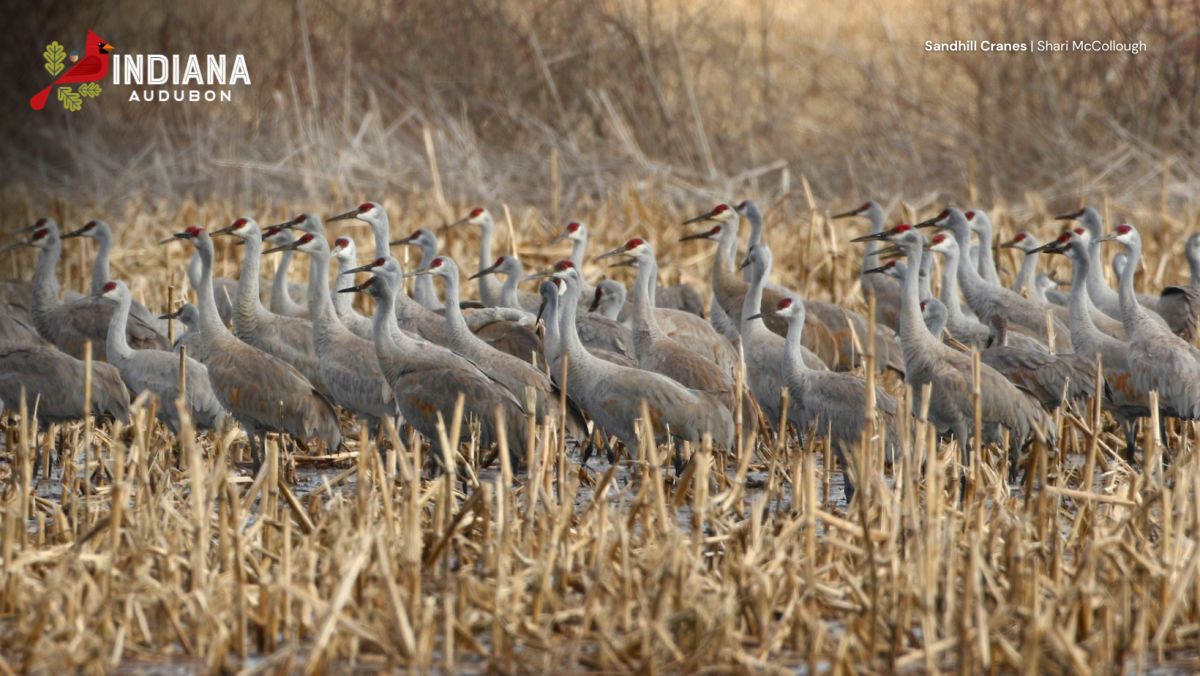
Founded
1898
14000
Web
Sign in to see organisation website
Traffic
2529417
From Social media
News about from their social media (Facebook and X).
Because of the current federal shutdown, $15,000 in already-awarded funding for our endangered species migration monitoring is on hold, with no guarantee when it will be released. That is money we depend on right now to keep tracking some of Indiana’s most vulnerable birds. Paused programs also mean a pause in the matching funds we rely on to stretch every dollar.
Like Comment
Data about organisation
Natural Resource Conservation and Protection Category
Organisations with similar rank to Indiana Audubon Society Inc in category Natural Resource Conservation and Protection

3577. Working Dogs for Conservation Foundation (WD4C)
We train some of the world’s best conservation detection dogs and put them to work protecting wildlife and wild places.

3578. RIVER OTTER ECOLOGY PROJECT
River Otter presence tells us our shared lands and waters are pretty healthy.

3579. Indiana Audubon Society Inc
Engaging communities in the enjoyment of birds through conservation, education and research.

3580. Chesapeake Conservancy Inc
Working to protect and restore the lands and water that matter to you www.
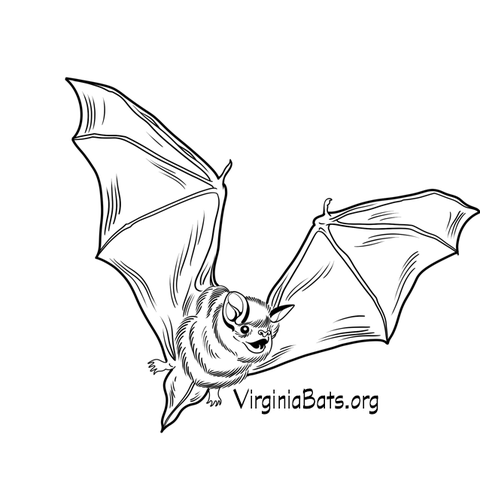
We are a non-profit organization dedicated to raising awareness of the conservation needs of Virginia.
Connersville
Organisations from Indiana Audubon Society Inc

1. National Association of Letter Carriers
Can you hear us now.

God's work.

3. Indiana Audubon Society Inc
Engaging communities in the enjoyment of birds through conservation, education and research.

Our speciality- serving radical love, dignity, compassion & respect.
Interesting nearby
Interesting organisations close by to residence of Indiana Audubon Society Inc

Engaging communities in the enjoyment of birds through conservation, education and research.
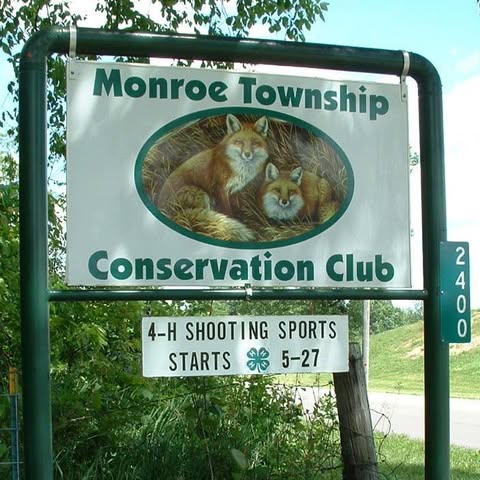
Monroe Township Conservation Club Inc
Promotes safe responsible use and ownership of sporting arms.

COPE ENVIRONMENTAL CENTER, INC
To promote sustainability through education and demonstration.
Similar social media (14000)
Organisations with similar social media impact to Indiana Audubon Society Inc

47866. International Clarinet Association
The International Clarinet Association is a community of clarinetists and clarinet enthusiasts.
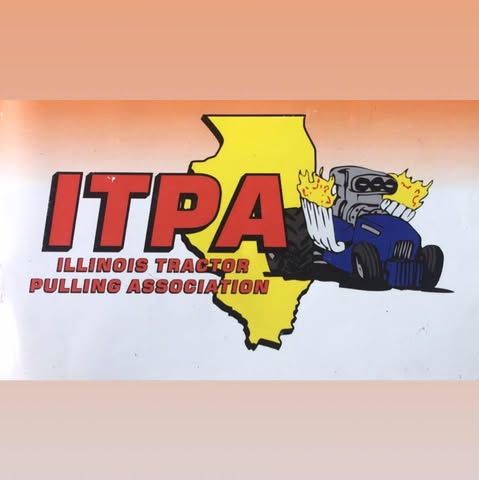
47867. Illinois Tractor Pulling Assoc Inc
The official page of the ITPA.

47868. Indiana Audubon Society Inc
Engaging communities in the enjoyment of birds through conservation, education and research.
Advancing educational justice for refugee and immigrant youth.

47870. Glasswing International USA
Glasswing International aims to strengthen public education and health, as well as mobilize and empower entire communities.
Similar traffic
Organisations with similar web traffic to Indiana Audubon Society Inc
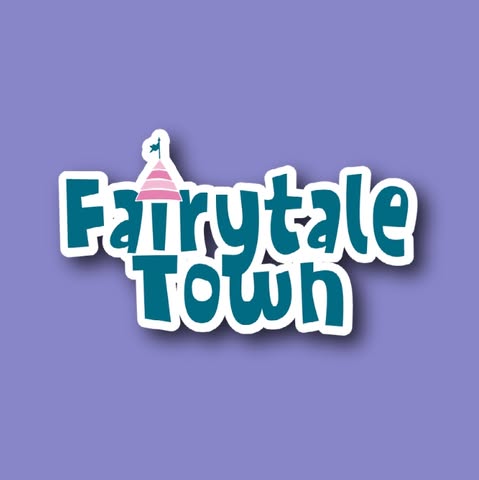
Come over and play.

50267. Utilities Protection Center Inc
Know What's Below.

50268. Indiana Audubon Society Inc
Engaging communities in the enjoyment of birds through conservation, education and research.
Join us and make a difference for the future!
Sign Up
Please fill in your information. Everything is free, we might contact you with updates (but cancel any time!)
Sign in with GoogleOr
Good News
Exciting news! 📚✨ Malala Yousafzai is releasing a new memoir next month in Portland! Her journey from a brave girl fighting for education to a global icon inspires us all. Let's celebrate voices that challenge the status quo and fight for a brighter future! #Empowerment #GoodNews
Malala Yousafzai will bring new memoir to Portland next month
Oregon Live
Like Comment🌱❤️ Exciting news! PETA UK is encouraging rock legend Robert Plant to temporarily change his name to "Robert Plant Wool" as a playful reminder of our responsibility to protect animals and the planet. Let’s spread compassion and kindness to all living beings! 🌍🐾 #AnimalRights #GoodNews
Animal rights group urges Rock Hall of Famer to temporarily change his name
MassLive
Like Comment








